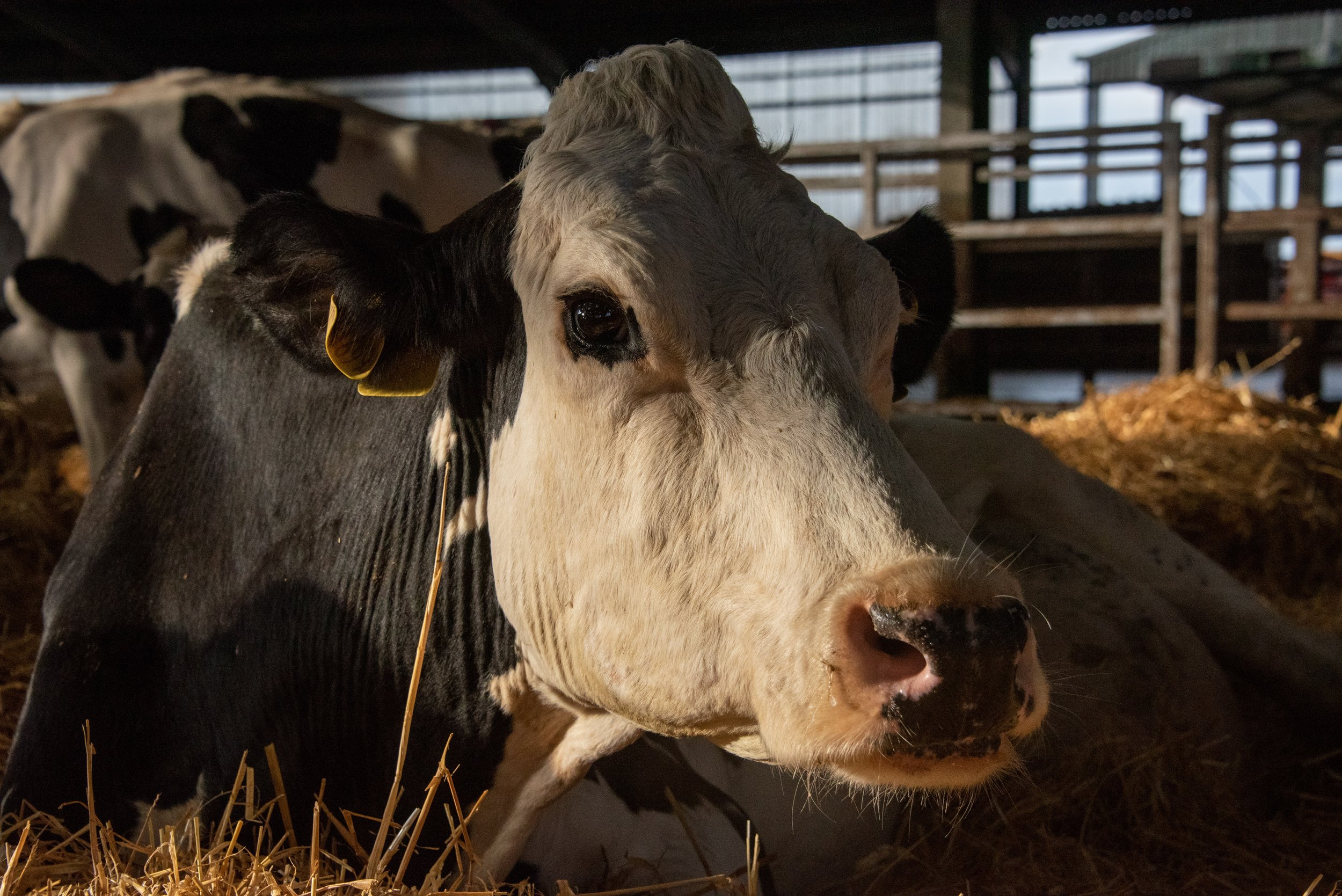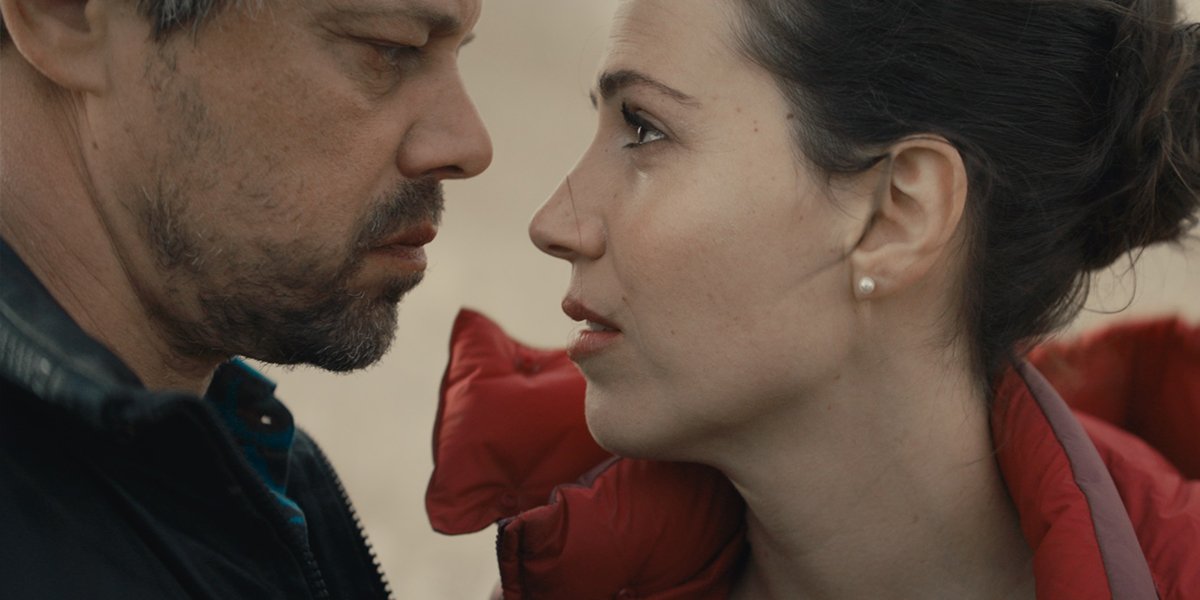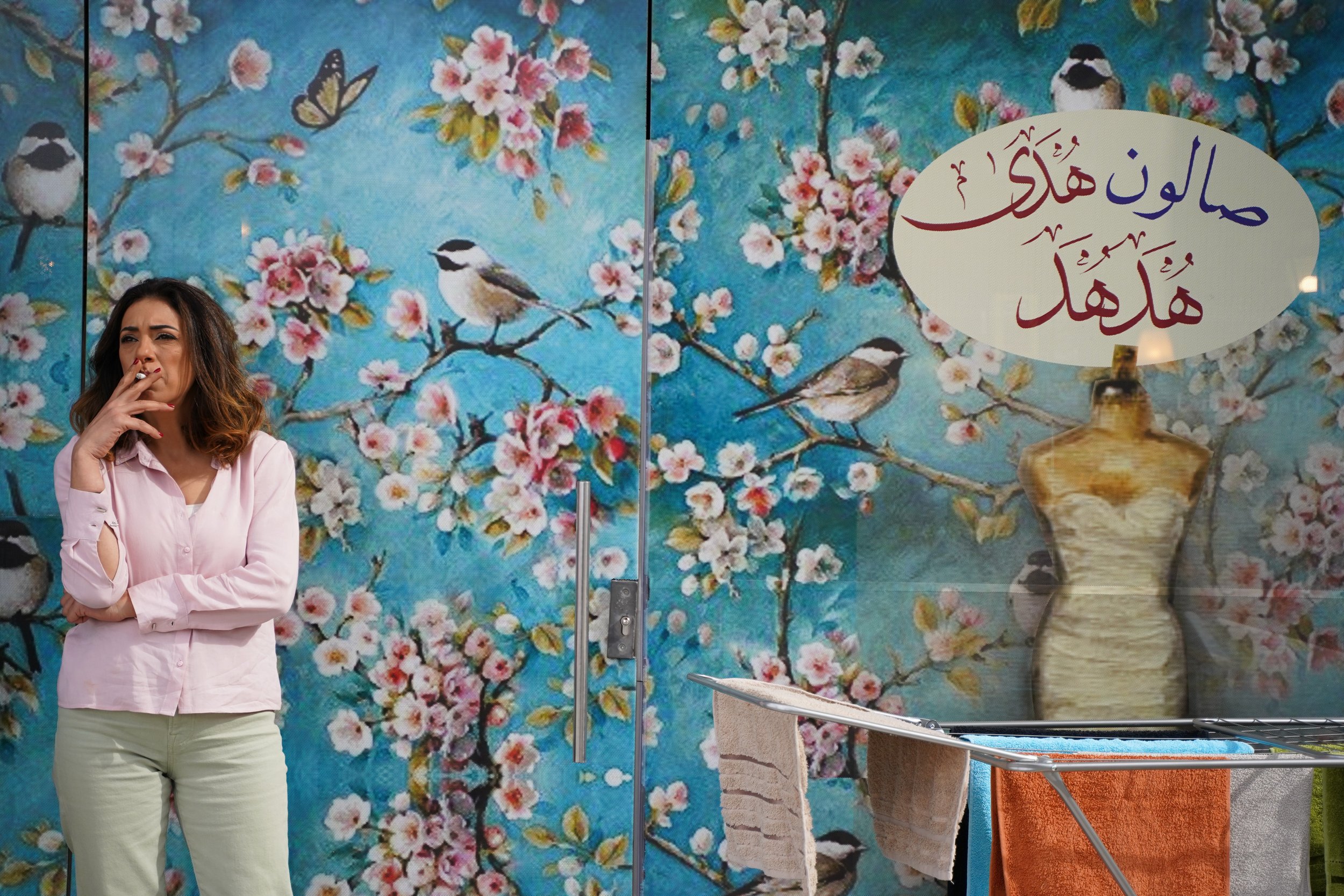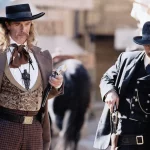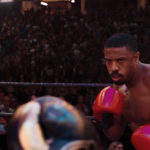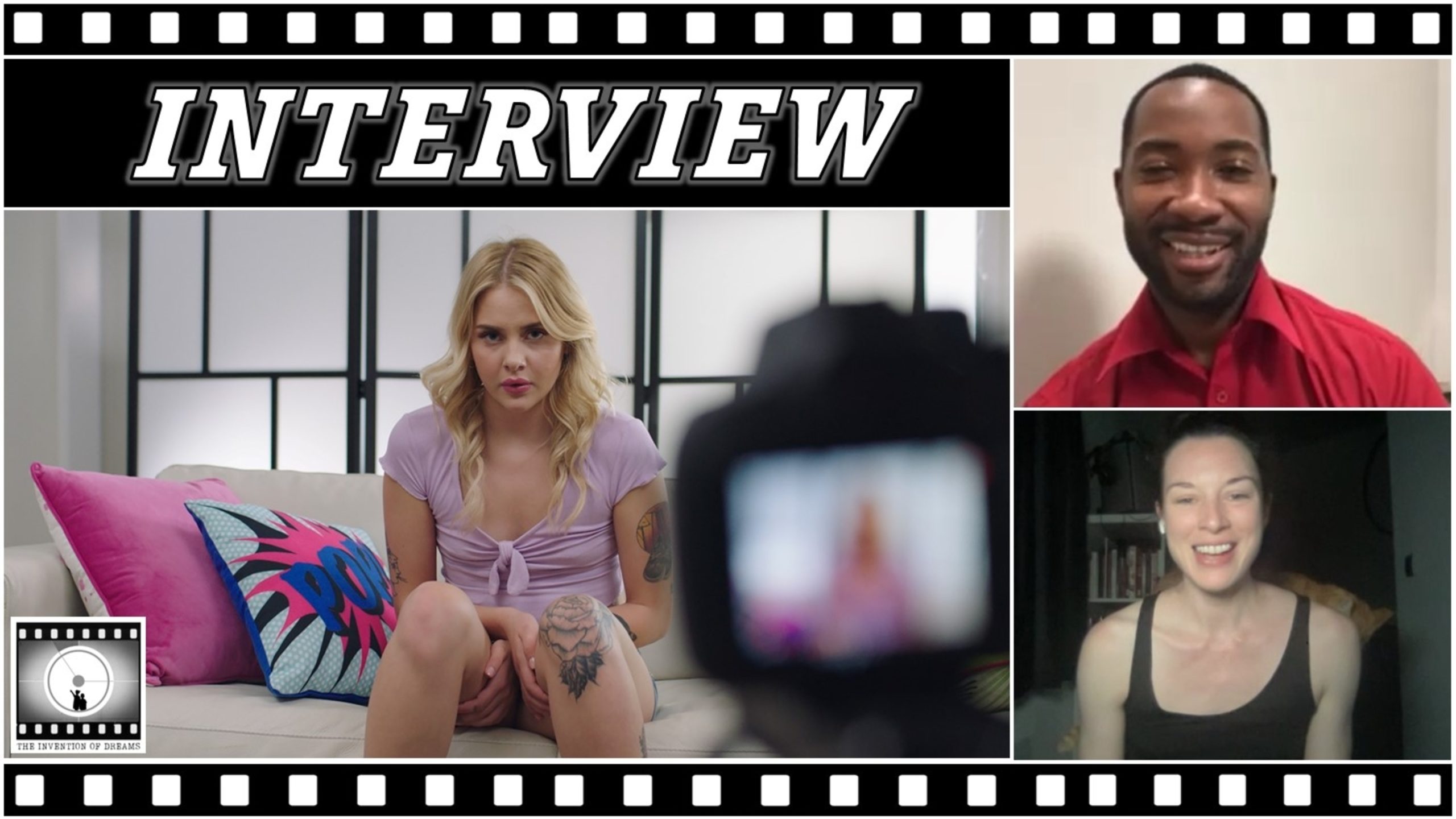
Cow opens, unflinchingly, with a close-up of a baby calf being slowly pulled out of its mothers body. The farmers, anonymous and barely pictured, tie ropes around its hooves to haul it out of the void and into the world. For a demanding but poignant hour and thirty-seven minutes, we follow (at cow eye-level) the life of a heifer on a British farm. Skeptical viewers may incorrectly anticipate a preachy overlay of narration chastising industrial farming for animal mistreatment or climate change. Amazingly, Andrea Arnold’s Cow has absolutely no commentary and makes no overt argument. It allows viewers to draw their own conclusions from the stripped-down naturalistic footage of the cow’s quotidienne. Despite the fact that humans are almost entirely absent, the film nevertheless highlights human empathy; it is just as much about the cow as it is about watching ourselves watch the cow.
The removal of humans extends even to the director; Andrea Arnold’s style is minimal to the point of self effacement. The film is shot from the “first person” view of the dairy cow, giving an unvarnished and graphic look into life on the farm. The handycam style camerawork follows muddy hooves and swollen bellies through corrals, with the suction of milking machines and guttural moos in the background. Delicate, beautiful faces atop square brutish bodies lug themselves to and fro, giving the viewer a feeling for the physicality of a cow’s existence. While we experience the heaviness of its movements and the ardor of its day-to-day, there’s variety to the animal’s life. Indeed, the viewer experiences the passing of time– we sit with the cow through summer grazes in sunlit fields and snowy mornings where you can see its breath in the cold. While the film resists anthropomorphizing animals, Cow features a full life cycle that undeniably elicits empathy. We see our protagonist’s chewing, running, milking, mating, pregnancy, birth, and eventual slaughter. Ashes to ashes, just like us. Remarkably, Andrea Arnold unlocks a new kind of empathy across species.

While this empathy could have been converted to a marquee political or social message, Andrea Arnold lets the story stand on its own. This isn’t an argument for veganism, at least not directly. The farm is humane; there’s no commentary, no interviews, no demonized factory farmers. The cattle handlers (at best peripheral characters) wear Santa hats during Christmas, coo at the cows, and corral them with care. They are just people going about their day-to-day. There isn’t a poignant musical soundtrack or an unlikely friendship between animal and human. There is not a whiff of suggestion that the cow is especially sentient or emotional. It’s “just” an animal. And yet, Arnold shows us that we are nevertheless moved by the cow’s beautiful, mundane existence and struck by the tragedy of its inevitable death at the end. Why?
Arnold makes us aware of our own empathy and leaves us to reckon with its implications. At minimum, the film shows us that human beings are not the whole story. The human experience is not the only story to be told, and a linear, emotional, Hollywood-ready narrative is not the only way to tell it. Cow concludes on an ordinary day when our protagonist is prodded into a pen and offered a last bucket of food. An anonymous farmer raises a shotgun and unceremoniously brings the cow to its end. The camera closes with a fixed shot of the cow draped over a mound of hay in a sunbeam, eyes open, the sounds of the farm murmuring in the background.

Cow is out today in select theaters and on video on demand.



